Guide To Treating And Preventing Broken Blood Vessels On The Face
Broken blood vessels on the face are also commonly known as spider veins. Though spider veins can appear anywhere on the body, they are most common on the face and legs. Individuals tend to experience the most worry about them when they appear on their face, since that is the most visible place for them. Spider veins have many potential causes, including immense changes in pressure inside the skin or outside air, like when an extreme weather system moves through the area. They can also be caused by blunt impacts. Individuals whose family members have them are more likely to develop them.
Patients have several options for broken blood vessel treatment. Examples of treatment for spider veins include prescription topical creams, such as prescription retinoids, and sclerotherapy. Laser therapy for spider veins is also common. Patients may even find success with natural remedies for broken blood vessels on their face. Learn about the best treatments for spider veins and how to prevent broken blood vessels on the face now.
Laser Therapy
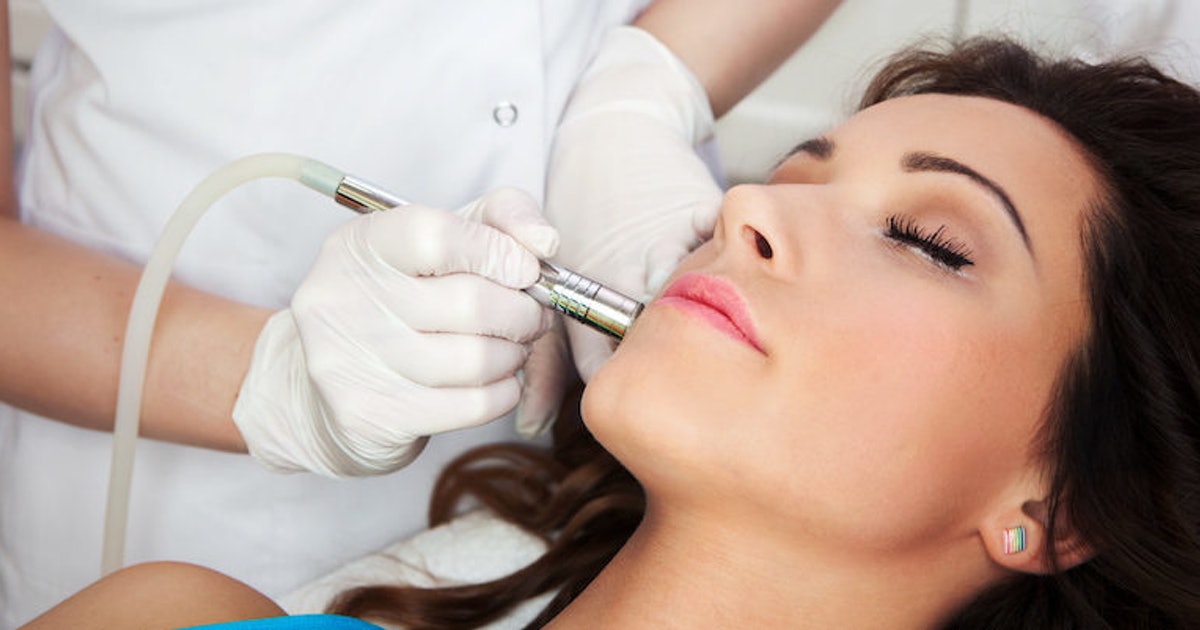
Laser therapy, also known as light therapy, is a non-invasive and non-toxic way of destroying unwanted veins. The treatment uses lasers to focus light on the spider veins. The goal of the laser is to transmit photons, which will then be absorbed by blood cells found within the veins. As the cells absorb more and more photons, they generate enough heat to destroy the surrounding cells of the blood vessel. From there, the damaged vein shrinks in size and will eventually dissolve.
This therapy is considered the top treatment option for broken blood vessels on the face. Although it can be used on other portions of the body, it is rare for laser therapy to be employed on leg veins. The risks from the treatment are minimal with a good dermatologist, but they do exist. Patients may experience swelling, bleeding, discoloration, and pain. More rarely, some can suffer from infection, crusting, or permanent scarring.
Retinoids
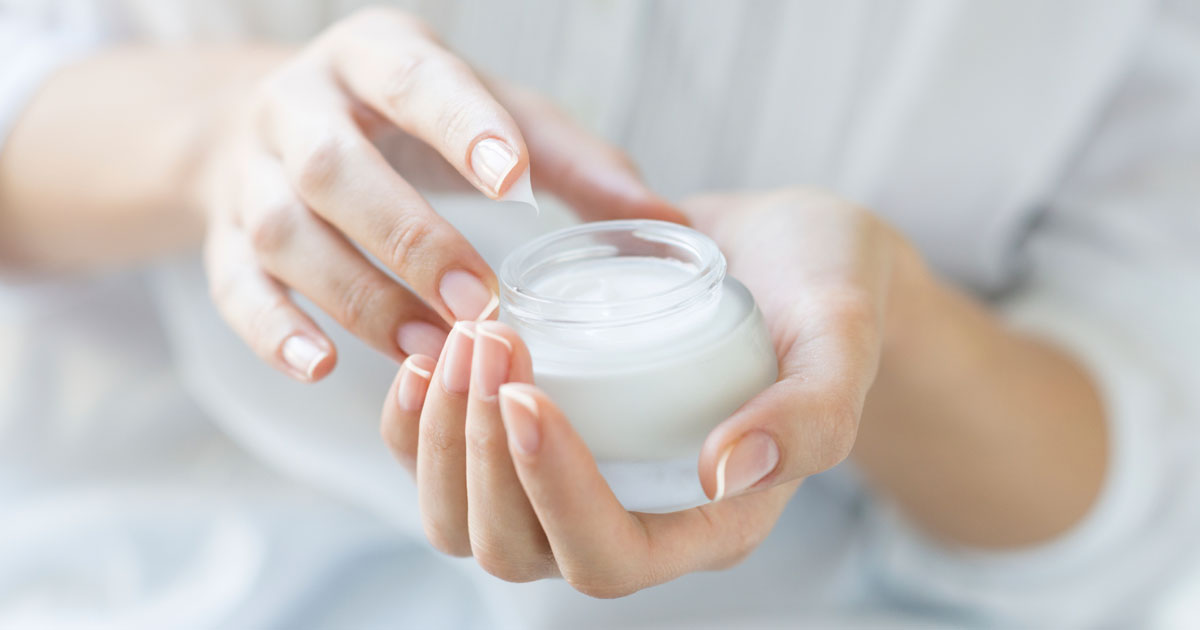
A good deal of research has established that retinoids can help treat broken blood vessels on the face. These medications and have been used in acne treatment since 1971. In fact, this is their original purpose. Although retinoids do not work as a cure-all for skin issues, they help with several skin problems, one of which is spider veins and broken blood vessels on the face. For individuals with psoriasis that contributes to the spider veins, retinoids can help slow the growth of skin cells and prevent further flaky patches.
Most individuals treat their psoriasis with retinoid cream by putting a small dab on every sore each night before they go to bed. If the broken blood vessels are caused or worsened by a condition like psoriasis or rosacea, retinoids combined with steroids may be recommended to treat the underlying cause. Patients can talk to their dermatologist about if retinoid cream will help with their particular skin issues. If not, doctors can recommend alternatives.
Cool Compresses
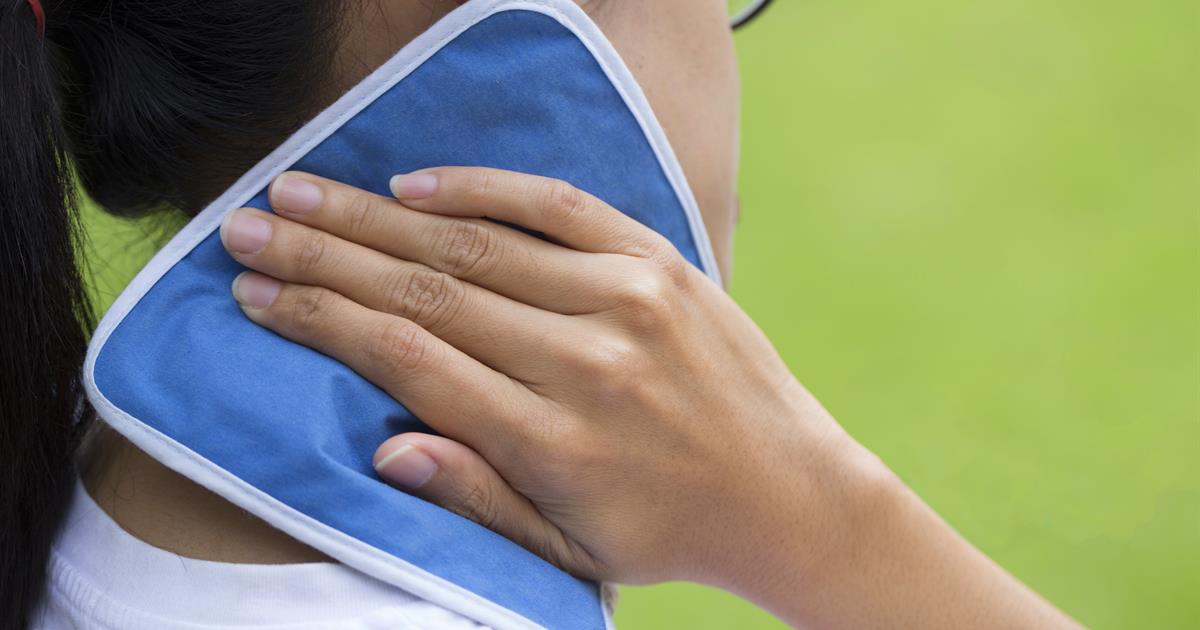
Cool compresses will not necessarily make the broken blood vessels go away, though they can act as a temporary reducer. Heat makes blood vessels expand and enlarge, which leads to redness in the face. By contrast, cold makes blood vessels contract and become tighter. This can reduce the enlargement of facial blood vessels and make burst blood vessels look less red. Patients will probably need to keep periodically applying cold compresses throughout the day if they want the effect to be long-lasting.
However, if individuals are only trying to minimize the appearance before a quick photo or event, cold compresses are a good option. They can run a washcloth under cold water, or, if they want to use something even colder, wrap some ice or frozen vegetables in the washcloth and press it to their face. Individuals should not put ice directly onto their skin, as it can cause potential damage. They should hold the compress on their face for a few minutes and see if the redness has shrunk.
Sclerotherapy
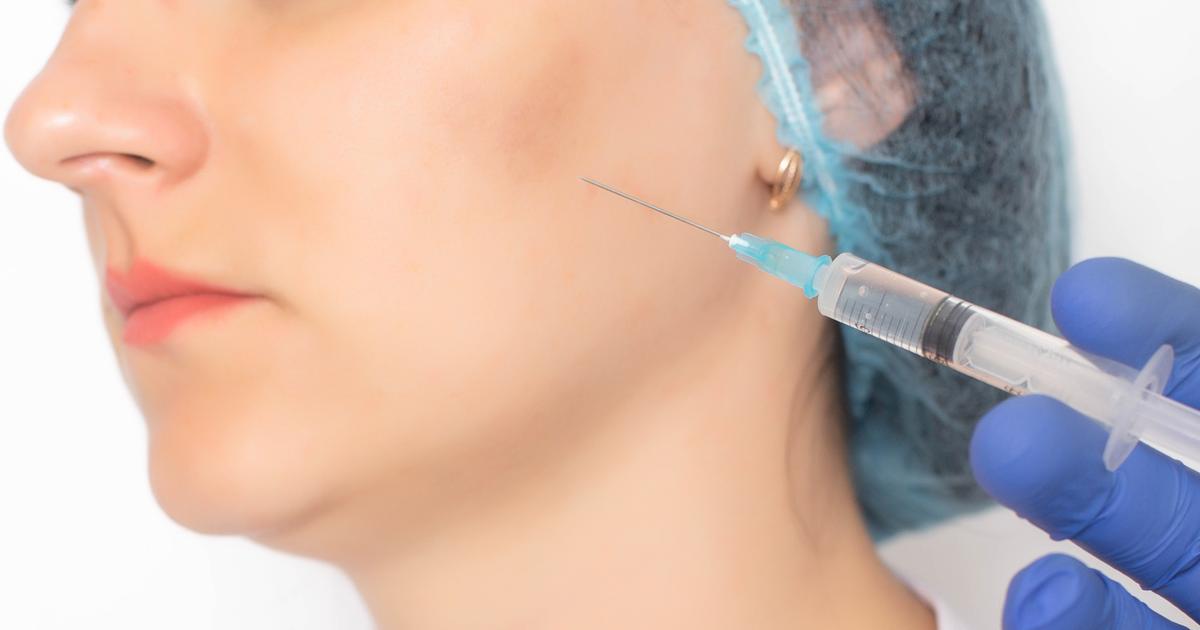
Sclerotherapy is a medical procedure that can eliminate both broken blood vessels on the face as well as varicose veins. When an individual undergoes sclerotherapy, a solution is injected directly into their vein. This solution irritates the lining of the burst or bulging blood vessel. From there, the irritation makes the blood vessel collapse into itself, and thus, the lining will stick together. The blood inside clots, and the vessel is no longer used to pump blood through the body. As time goes on, the blood vessel morphs into scar tissue, and this tissue fades out of sight.
Sclerotherapy is one of the oldest modern medical procedures still practiced today, with successful cases go back to the 1930s. Before undergoing sclerotherapy, patients will need to consult a vascular medicine specialist or dermatologist to determine if they are a good candidate. Pregnant women are not eligible. Some individuals who have had prior blood clots may not be eligible, though it varies on a case-by-case basis.
Avoid Using Hot Water On The Face
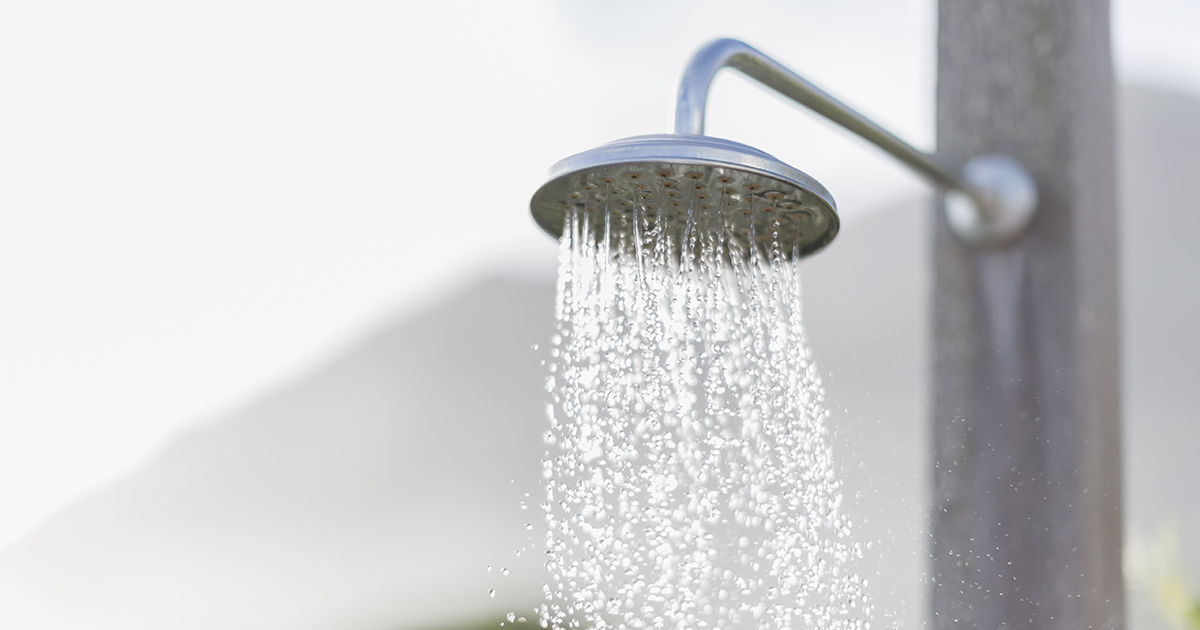
One of the most important things individuals can do to treat existing broken blood vessels on their face and prevent them in the future is to avoid using hot water on their face. Even if individuals love to take hot, steamy showers, they should reconsider for the sake of their facial health. Hot water and steam cause the skin to heat up, and when the skin heats, the blood vessels underneath expand and may burst.
If individuals must use heated water, they should make sure that it is warm rather than hot when washing their face. The best advice for individuals is to use cold water when washing their face, but some cannot stand the shock of it. Taking lukewarm showers is also better for overall skin health than taking hot ones. Thus, individuals should consider turning down their temperature dial the next time they bathe.
Intense Pulsed Light

Intense pulsed light is a similar treatment to laser therapy. However, intense pulsed light involves releasing light at several wavelengths, making it more scattered than laser therapy. In addition, it penetrates down to the second layer of the skin without damaging the top layer. The pigment cells in the skin absorb the light from intense pulsed light and convert the energy into heat. The heat is what can then destroy unwanted pigment. In the case of broken blood vessels on the face, it gets rid of redness.
Many patients deal with some swelling and redness for a day or two after each intense pulsed light session. Rarer side effects and risks of this procedure include infection, blisterings, skin color changes, and bruising. Patients will have sensitive skin for a few hours to a few days following this procedure, during which time they should avoid the sun and hot water. Finally, patients may need multiple sessions of intense pulsed light to see the best results on their broken blood vessels.
Witch Hazel
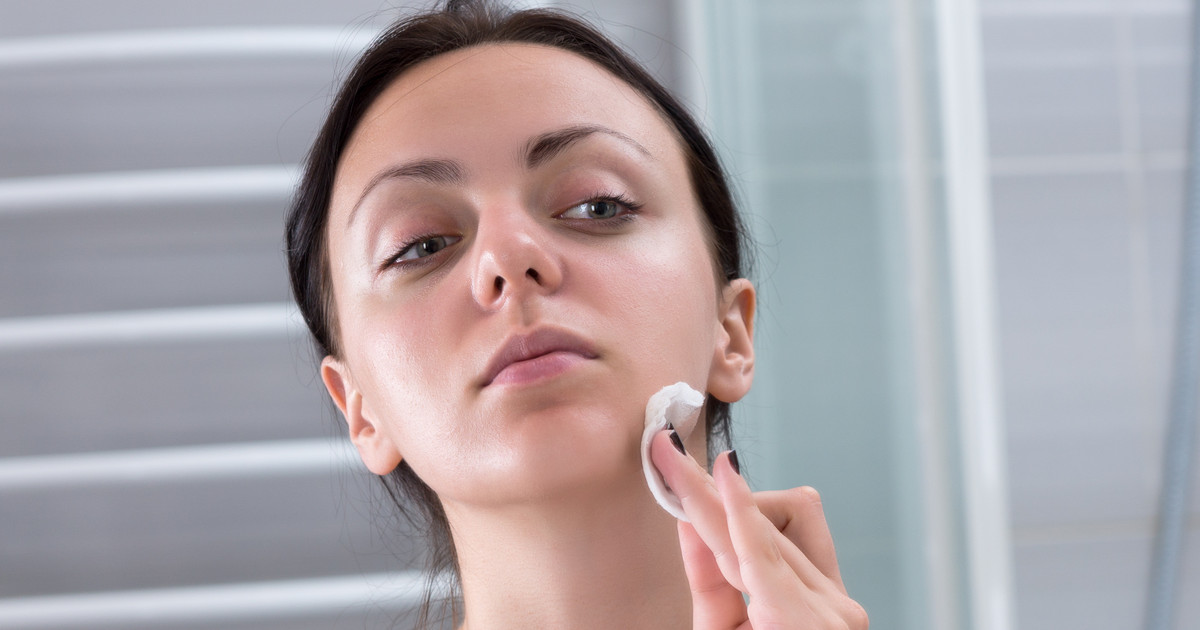
Individuals with broken blood vessels on their face who want a more natural remedy should consider witch hazel. Witch hazel is considered a natural astringent. It has been shown to reduce the appearance of broken blood vessels on the face. It has strong anti-inflammatory properties, which can help reduce redness and swelling. The antioxidants in witch hazel’s tannins can reduce the look of pores as well. Of course, it is vital to note that some individuals may find witch hazel drying or otherwise irritating to their skin. Thus, they should choose their skincare products with witch hazel carefully.
Vitamin C Serums And Supplements
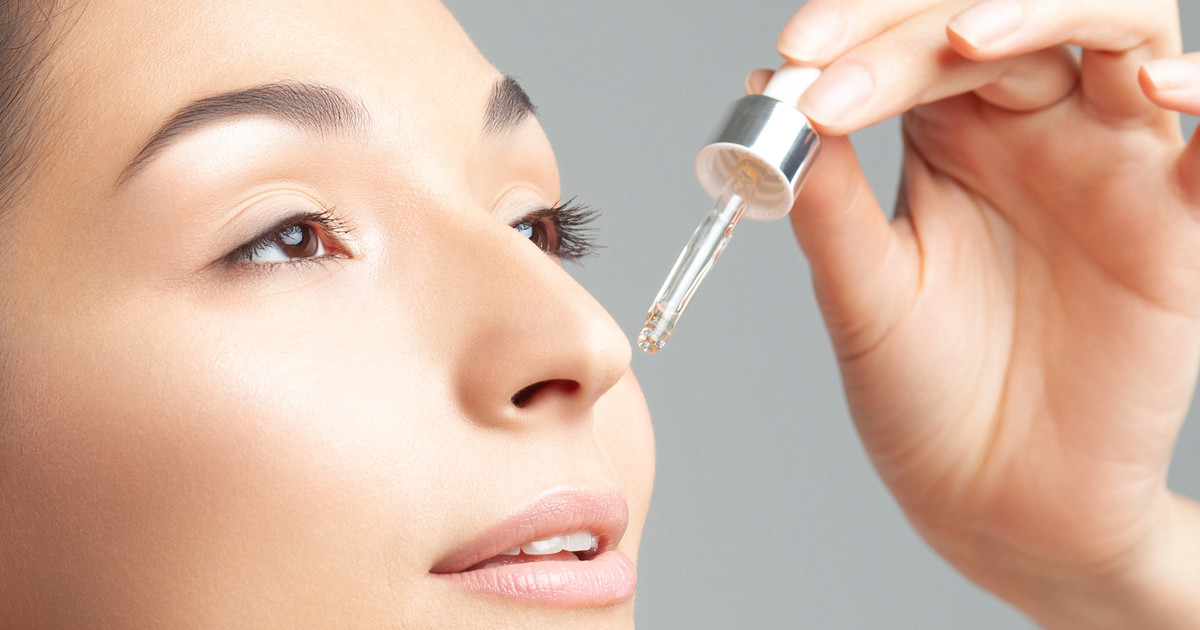
Vitamin C serums and supplements can be quite helpful in both treating and preventing broken blood vessels on the face. Vitamin C supplements, of course, are recommended for general health. They can help with broken blood vessels, though topical vitamin C is far more effective for skin issues, including these vessels. Topical vitamin C serums, specifically those that use L-ascorbic acid, reduce facial redness and repair the broken capillaries. In addition, when individuals use vitamin C serums as part of their regular skincare routine, such as every morning, the serums also strengthen the walls of the capillaries. This can prevent redness and broken capillaries in the future.
Apply Sunscreen Daily
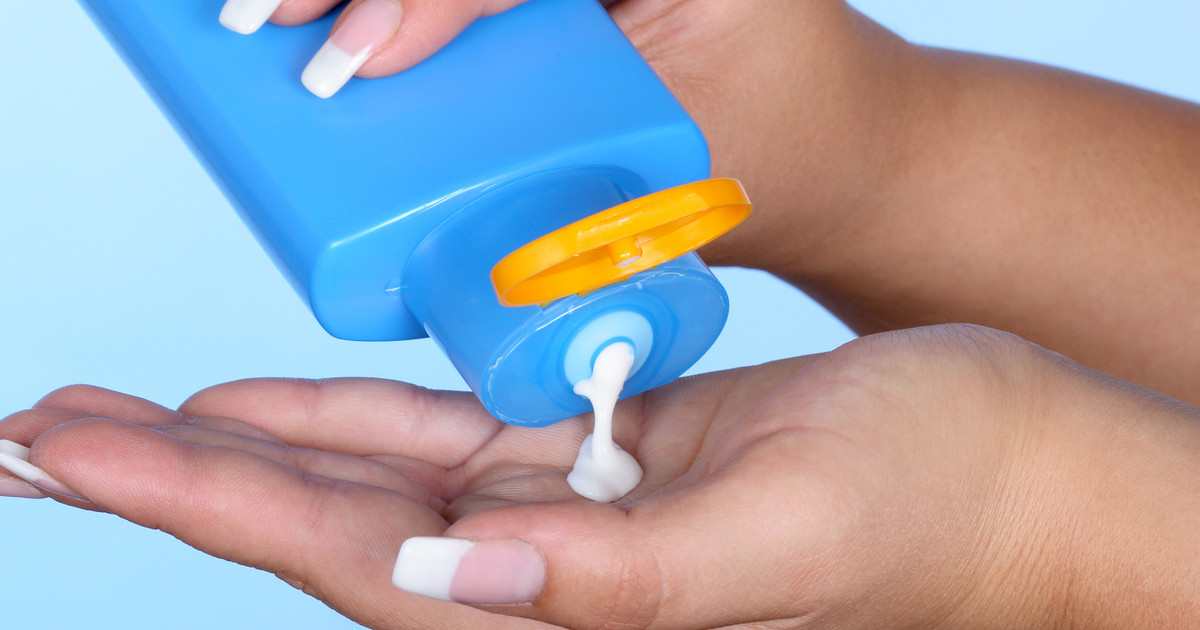
Sun exposure is a significant trigger for broken blood vessels on the face. This is especially the case when individuals are dealing with sunburns and excessive sun exposure. Unfortunately, sunburns can make the top layer of the skin peel. This may make the blood vessels more noticeable, at least temporarily. Thus, a significant method of preventing broken blood vessels is to apply sunscreen daily. In fact, individuals should reapply their sunscreen approximately every two hours as well as after going swimming. This ensures that the protection from the sunscreen remains accurate and fully prevents skin damage, including broken blood vessels.
Avoid Extreme Heat

Extreme heat can dramatically increase blood vessel dilation and result in broken blood vessels on the face. Sources of extreme heat that can trigger these effects include hot weather, spas, and saunas. Therefore, individuals who are prone to broken blood vessels on the face should try to avoid extreme heat. They may want to stop going to spas and saunas, or at least limit the time spent in them. Avoiding going outside in extreme heat is also beneficial. If individuals cannot avoid the heat from the weather, they should wear hats and other clothes to protect themselves. As mentioned previously, applying sunscreen helps prevent broken blood vessels as well.
